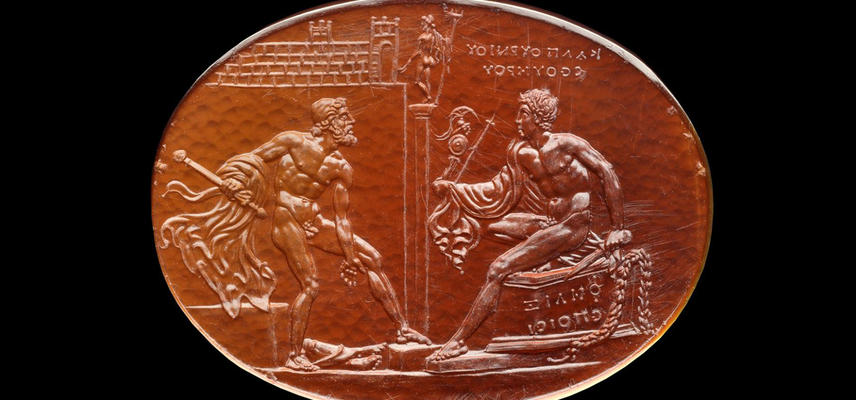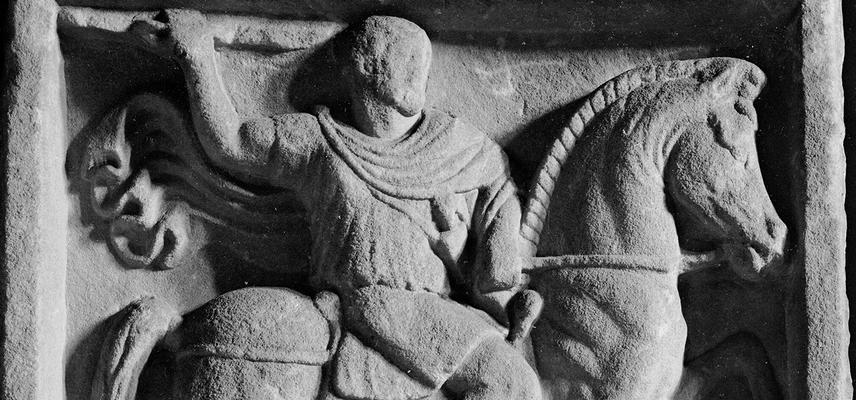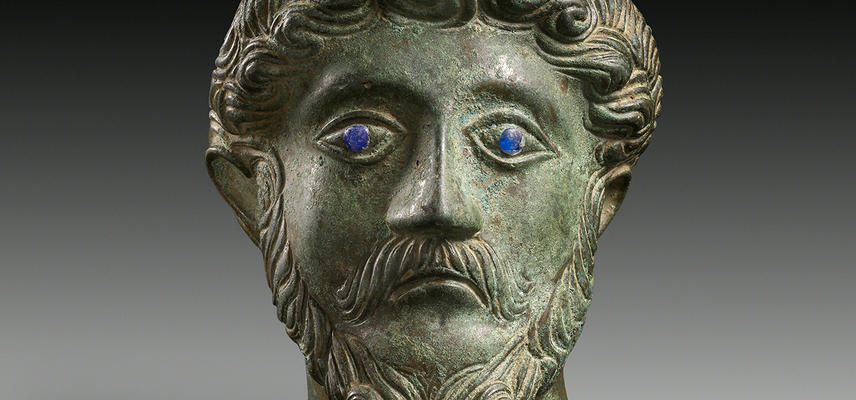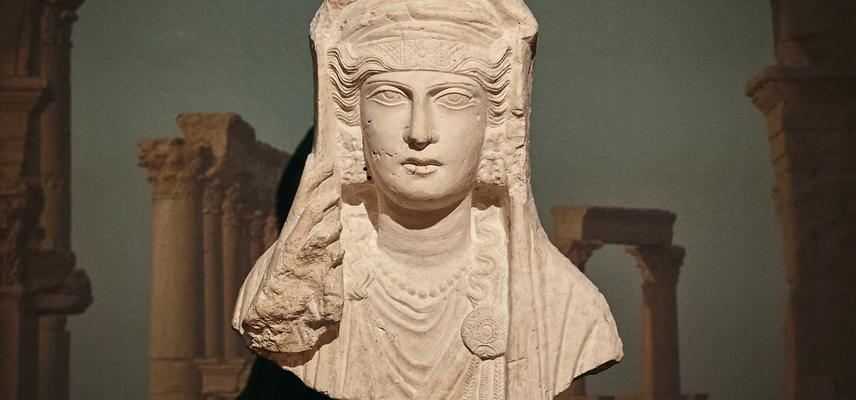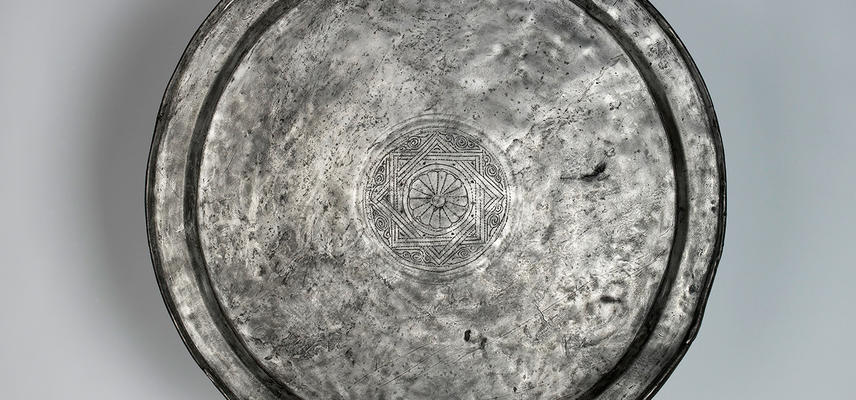ROME & THE ROMAN EMPIRE GALLERY
The re-designed Rome Gallery is now open again.
When Hadrian became emperor in CE 117, the Roman empire covered two million square miles – all or part of 40 modern states. It was a common market of people, goods and ideas, with around 75 million inhabitants, one ruler and standardised currency, laws and citizenship.
This newly-redesigned gallery on the ground floor sees the Roman empire at the peak of its power, in the 1st and 2nd centuries CE. You'll discover the Romans, from emperors to the enslaved, and journey through the empire from Oxfordshire to Syria, also exploring Roman Britain, the city of Rome and Roman homes, and many other areas of Roman life.
The Roman empire left an extraordinary legacy: in language, architecture, urbanism and government. Also in its technology, multiculturalism and global view. Its culture can seem close to our own world, but its cruelty and institutionalised enslavement are deeply disturbing.
The objects here are not ‘artefacts’ but possessions, pathways to people – people so similar to us, and yet so different. You'll encounter not only frescoes, tombstones, sculptures and household objects, but also a variety of new interactive displays for all ages.
Skilled craftsmanship is highlighted in the superb example of the famous Felix gem which has a display of its own. This remarkable object shows scenes of the Trojan Wars, Diomedes and Odysseus. Busts of emperors and empresses and representations of the monuments they built are showcased, with coins and fine examples of Roman pottery and jewellery.
Other areas of the gallery feature objects from further afield such as the bronze letters from Hadrian’s Gate in southwest Turkey, marking the Emperor’s visit there in CE 130.
There are also displays featuring Roman life in Oxfordshire. Oxford was an important centre for the pottery industry with the gritty clay from Boar’s Hill, on the outskirts of Oxford, being particularly suited for making grinding bowls.
New interactives include an animation that brings the Etruscan 'Tomb of the Leopards' to life, a game inspired by Gladiator combat, a 'design a mosaic' activity, and a virtual tour of ancient Rome and its monuments.




